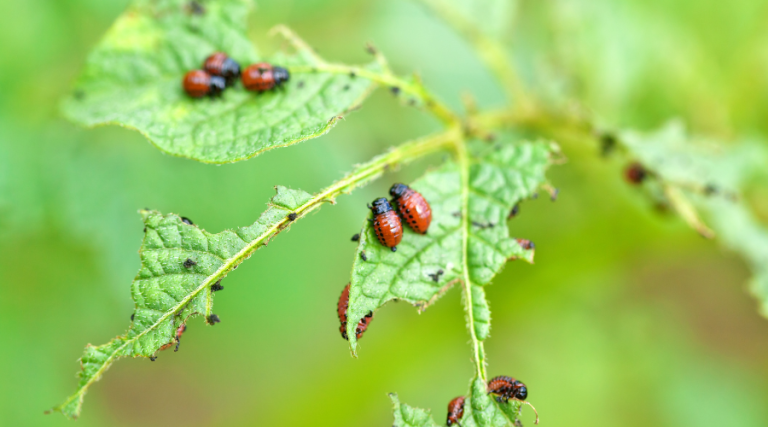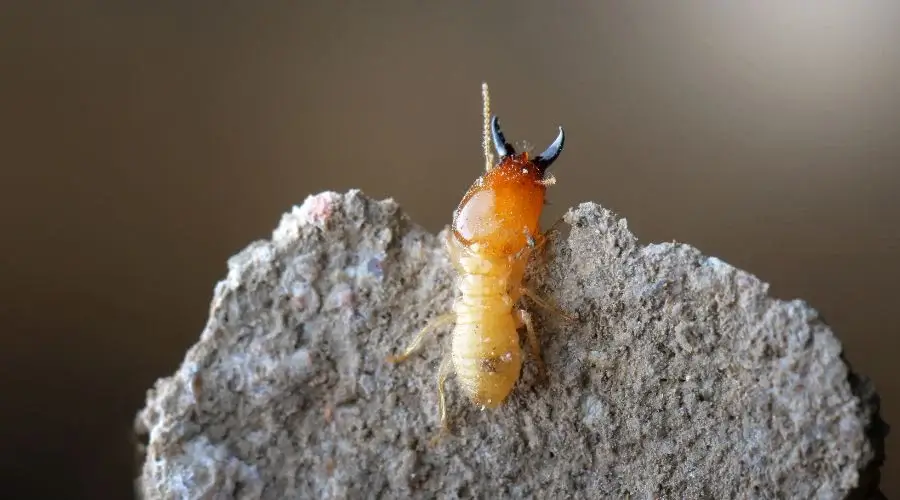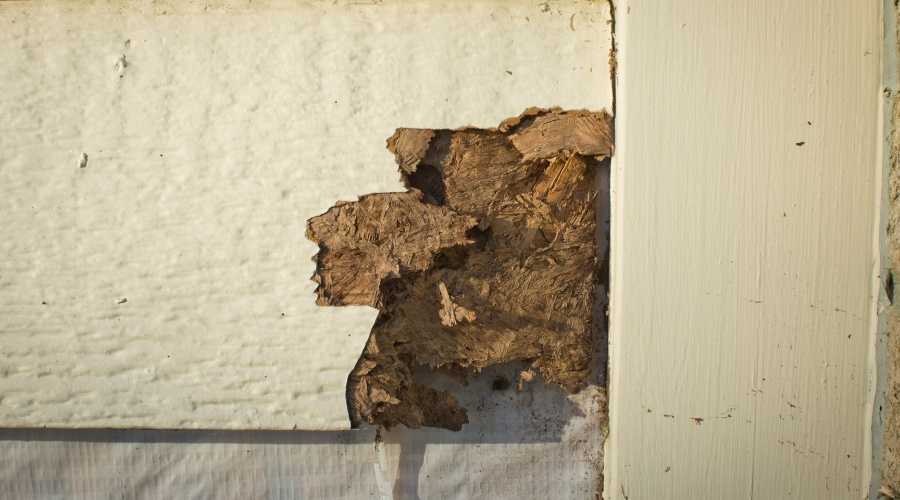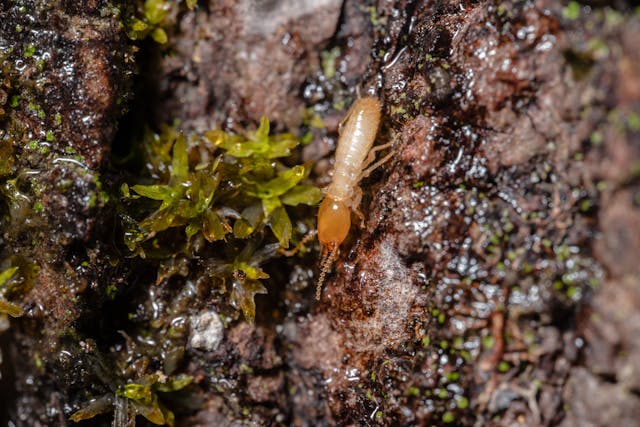Your pets are part of your family, and ensuring their safety becomes a top priority when pests invade your home. While pests like fleas, ticks, ants, and rodents pose health risks, conventional pest control methods can inadvertently harm your furry friends. Striking a balance between effective pest control and pet safety requires informed choices and strategic action. Here, we’ll explore practical solutions to tackle pest problems while prioritizing your pets’ health and comfort.
Key Takeaways
- What is a pet pest? Pests like fleas, ticks, ants, and rodents directly impact pets’ health and well-being.
- Pet-safe pest control: Opt for products and techniques that eliminate pests without exposing pets to toxic substances.
- 10 essential safety tips include securing food and water bowls, using natural repellents, and hiring professional pest control services familiar with pet-safe practices.
- FAQ section: Addresses common questions on balancing pest management and pet safety.
What Is a Pet Pest?
A pet pest is any insect, arachnid, or rodent that negatively affects your pets or their environment. Identifying these pests is the first step in protecting your pets.
- Fleas and Ticks: These parasites latch onto your pets, causing irritation, allergic reactions, and potentially spreading diseases like Lyme disease and tapeworms.
- Ants: Fire ants can sting pets, leading to pain, swelling, or even allergic reactions.
- Rodents: Mice and rats can contaminate your home and attract secondary pests like fleas. They may also gnaw on food bags or pet accessories.
- Cockroaches: While not directly harmful, cockroaches can create unsanitary living conditions that may affect your pets.
- Mosquitoes: These insects can transmit dangerous diseases such as heartworm to dogs.
Understanding the pests your pets are most likely to encounter allows you to develop targeted strategies for prevention and control.
Keeping Pets Safe During Pest Control
Managing pests effectively without endangering pets involves adopting preventive measures, selecting pet-safe products, and using responsible pest control methods.
Pet-Safe Pest Control Products and Methods
1. Natural Solutions:
- Diatomaceous Earth: A natural powder that kills pests by damaging their exoskeletons without harming pets.
- Essential Oils: Diluted peppermint, cedarwood, or citrus oils act as repellents, though they must be used cautiously around sensitive animals.
- Vinegar Solutions: Effective against ants and flies without exposing pets to harmful chemicals.
2. Enclosed Bait Stations: Trap pests like ants and rodents while preventing accidental ingestion by pets.
3. Non-Toxic Sprays: Look for products labeled as safe for pets, such as those certified by the EPA or containing natural ingredients.
4. Physical Barriers:
- Seal cracks and gaps with caulk or steel wool.
- Install door sweeps to block pest entry points.
5. Professional Services: Partner with pest control companies experienced in pet-safe treatments. Inform them about your pets to ensure tailored solutions.
10 Pest Control Safety Tips for Pets
1. Read Labels Carefully: Avoid products with toxic chemicals like pyrethroids, organophosphates, or carbamates. Opt for pet-safe alternatives with clear safety instructions.
2. Secure Pet Food: Store pet food in sealed containers, as pests often target it. Wash food and water bowls daily to prevent attracting ants or cockroaches.
3. Avoid Contaminating Water Bowls: Remove or cover water bowls during pest treatments. Replace them after the treatment area has dried.
4. Time-Release Traps for Rodents: Use traps that minimize risks to pets, such as snap traps placed in inaccessible areas.
5. Outdoor Pest Prevention: Keep your yard tidy by trimming overgrown grass and shrubs. Use pet-safe yard sprays to reduce flea and tick populations.
6. Isolate Pets During Treatment: Keep pets away from treated areas for the time recommended on product labels or by pest control professionals.
7. Natural Deterrents: Use harmless repellents like citrus sprays or peppermint oil to keep pests at bay without harming pets.
8. Engage Experts: Choose pest control companies that specialize in pet-friendly solutions to ensure your home is treated safely and effectively.
9. Learn About Local Pests: Understanding the behavior and habitats of common pests in your area allows you to take preventive action before infestations occur.
10. Vet-Recommended Preventatives: Protect your pets year-round with veterinary-approved flea, tick, and heartworm preventatives.
Frequently Asked Questions
Q: How can I manage pest control without harming my pets?
A: Opt for pet-safe pest control options like natural repellents, enclosed bait traps, and non-toxic sprays. Remove your pets from treated areas until it’s safe, and consult professional pest control services experienced in pet-safe methods.
Q: Are essential oils safe for pest control around pets?
A: Some essential oils, such as peppermint and lavender, are safe when diluted. However, others like tea tree, eucalyptus, and clove oil can be toxic to pets. Always research and use oils cautiously to avoid accidental exposure.
Q: What are signs that my pet has been affected by pests?
A: Common signs include excessive scratching, biting, red or irritated skin, hair loss, or lethargy. If you suspect pest-related issues, consult your veterinarian for diagnosis and treatment.
Q: When should I hire a professional for pest control?
A: If you face persistent or large-scale infestations, professional pest control ensures effective results while prioritizing the safety of your pets. Professionals can identify the best solutions tailored to your home.
Q: How can I prevent pests from entering my home in the first place?
A: Keep your home clean, seal entry points, and remove potential food sources. Regularly groom your pets and maintain outdoor spaces to prevent pests like fleas and ticks from entering.
Proactive Prevention: The Best Defense Against Pests
While pest control is essential, prevention is even better. Here are some tips to create a pest-free environment for your pets:
Clean Regularly: Sweep floors, vacuum carpets, and wash pet bedding to remove food crumbs, hair, and other attractants.
Inspect Outdoor Areas: Regularly check for signs of pests in your yard, garden, or patio. Eliminate standing water and keep vegetation trimmed.
Check Pets After Outdoor Activities: Inspect your pets for ticks, fleas, or burrs after walks or playtime outdoors.
Conclusion
Protecting your pets doesn’t mean compromising on pest control. By using pet-safe products, adopting preventive measures, and consulting professionals, you can maintain a pest-free home while safeguarding your furry friends’ health and safety. Invest in their well-being by staying informed and proactive, ensuring they live comfortably and securely. Let trusted pest control experts help you manage pests effectively without putting your pets at risk. A harmonious, pest-free home is achievable with the right strategies and care.
Take Back Your Home with Escondido’s Top Pest Control Services!
Say goodbye to pests for good! Our experienced exterminators offer fast, reliable, and eco-friendly solutions tailored to your needs.





